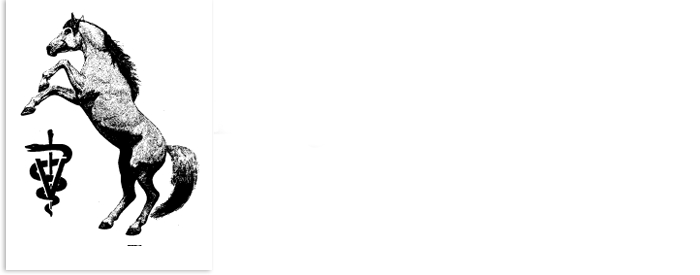Breeding Your Mare Using Shipped Semen
Shipped semen is one of the fastest growing ways to breed your mare. The process involves collecting a stallion, shipping the semen from the stallion to the location of your mare, and having the mare inseminated. The big advantage is the ability to breed your mare to a stallion anywhere in the United States without ever moving your mare further than her stall door. The stallion is collected at his home farm. Then it is placed inside an Equitainer (r) or other similar shipping container. The Equitainer is the size of about a five-gallon paint can. It is in fact a sophisticated thermos and contains a compartment in the center. With the semen in the center compartment, the Equitainer is picked up by an overnight delivery service (e.g. Federal Expess). Once it arrives the veterinarian comes out and artificially inseminate your mare. This is performed 1 to 3 times during a heat period.
How Successful is Breeding With Shipped Semen?
A study using 55 mares and 3 stallions yielded very favorable results. The total conception rate when bred for a maximum of three heat cycles was 91%. The average number of cycles per conception was 1.8. There appeared to be no statistical difference between pregnancy rates with mares inseminated twelve or twenty four hours after stallion collection. This conception rate over a 3-cycle period compares very favorably with natural cover.
What Does the Mare Owner Have To Do?
If you want to register your foal, make sure the Breed Register will allow you to register a foal bred with shipped semen.
Contact the stallion owner and sign a contract for breeding to the stallion.
Let the stallion owner know what month you would like to breed.
Get a uterine culture and cytology tests done on your mare and have her checked for breeding soundness at least a month before breeding.
Arrange to tease your mare with a stallion. Teasing is the foundation of good mare management and can save you many vet bills. Teasing takes only five minutes per day. Other hormonal manipulations are available to synchronize your mare's cycle. However, teasing is by far the most reliable method of detecting heat.
What Happens Next?
Call the stallion's farms on the first day of the first heat that you intend to breed your mare.
Call your veterinarian to start performing rectal palpations of your mare to determine optimum breeding days.
Shipment goes to your mare on the designated days via a rapid delivery service, Federal Express, DHL.
Your veterinarian come out and inseminates your mare one to three times during each heat cycle
What If My Mare Does Not Get Into Foal on the First Heat?
Be certain we check your mare for pregnancy either at eighteen to twenty one days after the last day bred by an ultrasound or after thirty days by rectal palpation. This is important because 30% of all mares have false heats when they are actually pregnant.
If the mare is not in foal, the process repeats itself as often as necessary.
What Is the Cost of Breeding With Transported Semen?
The initial cost will be the normal stud fee.
Most farms charge a refundable deposit on the Equitainer from which they deduct shipping charges.
Shipping charges range for the container to and from the stallion's farm.
The veterinary costs for each heat cycle of breeding include travel fees, rectal exams, vaginal exams, and artificial inseminations. My practice has a set fee for each cycle. If a mare requires additional medication and treatment there is additional cost.
There is an additional cost for an ultrasound. For pregnant mares ultrasound it is recommended at eighteen days and again at forty-five days to confirm the pregnancy. There is also the cost of the pre-breeding exam and hormones needed to control your mare's cycle if no stallion is available.
Breeding at home saves the average mare owner $750 because of the cost involved in shipping and mare care at a breeding farm. At the same time you get the enjoyment of using your mare and the comfort of keeping a watchful eye on her during the process.

